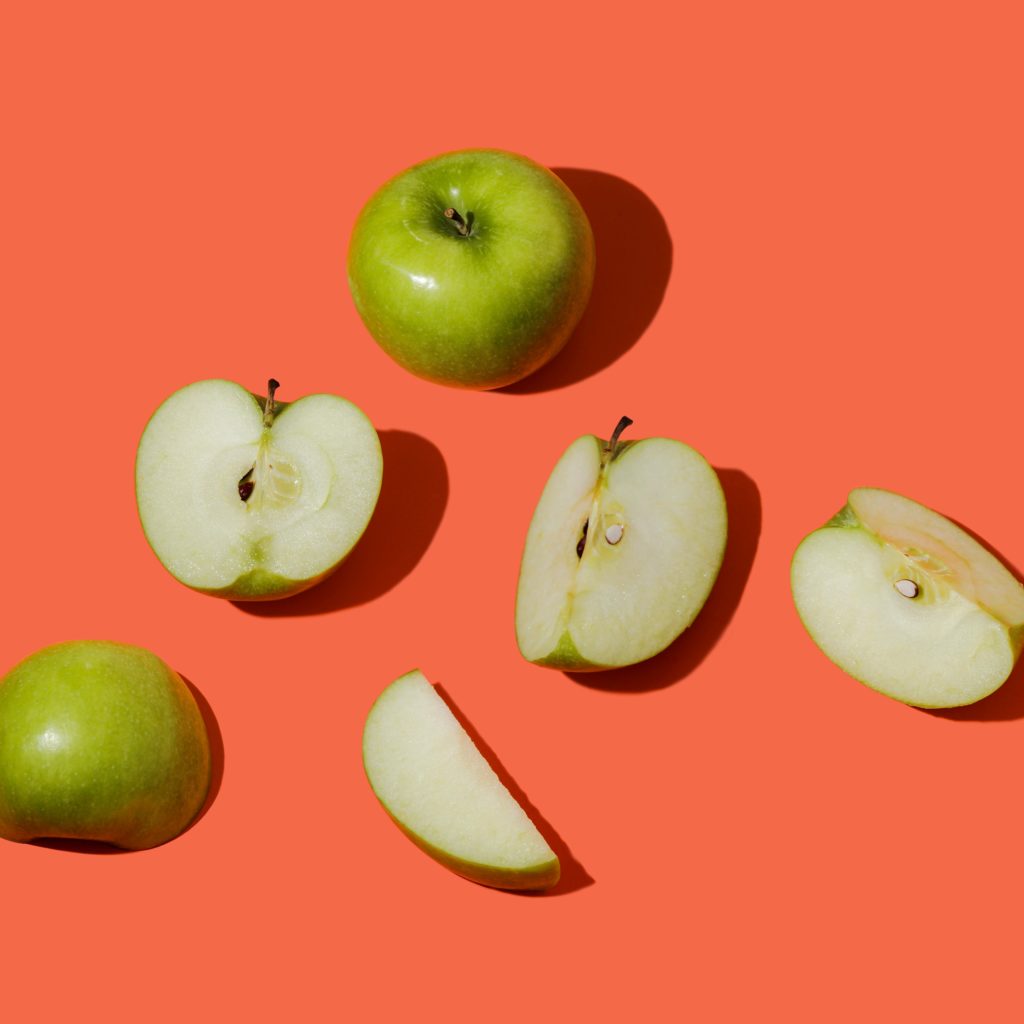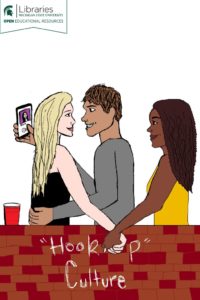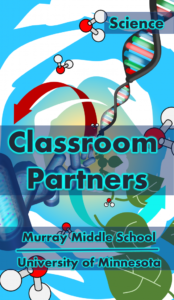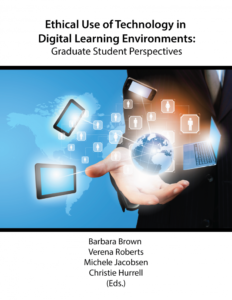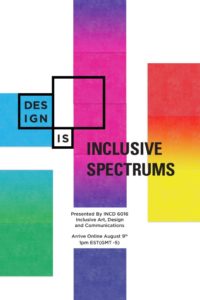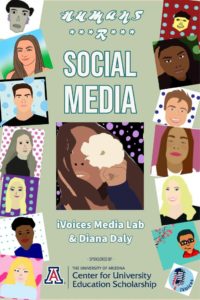The transition to online learning has brought with it a host of challenges for both instructors and students. I’ve heard many instructors lament Zoom classrooms, feeling like they’re teaching into a void. With students’ cameras typically turned off, there are no easy back-and-forth exchanges or even nods of recognition to reassure them that students are listening and understanding the material. Similarly, many students feel disconnected from their classes and the material, going through the motions but not engaging in a meaningful way. One way to make students feel more invested in a course is to have them create part of it through open pedagogy. Below, we’ve put together a few examples of open pedagogy projects to help inspire your own.
Open pedagogy presents a chance to increase student engagement, if not in Zoom lectures, then at least in the class as a whole. An example of open pedagogy is having the class contribute to an open educational resource (OER) such as a collection of essays, a research project, a design portfolio, or a textbook for future students. By the end of the course, the students will come away with more than a typical assignment; they will have contributed to something greater that may inform future students or faculty. These student-led projects empower students to be part of the teaching process and feel a greater connection to, and investment in, the course material. Student-led OER projects are large-scale initiatives that students can be eager to include in a portfolio or academic CV. In some cases, students may be able to bring their own life experiences and individuality to the project. They could incorporate videos, social media, interactive elements, or whatever is right for your class. There’s no end to the possibilities. Here are a few examples for inspiration.
For even more examples of open pedagogy, visit the Student-led OER collection.
Hookup Culture
IAH231B.003 Class and Dr. Denise Acevedo
Hookup Culture was created as part of Michigan State University’s Center for Integrative Studies in Arts and Humanities and “contains the profoundly personal narratives” of students who share their own reflections on “hookup” culture. Each chapter is introduced by Dr. Acevedo who provides context and explains the scope of the chapter, class discussions, and references used. What follows is a series of reflections from individual students sharing their own thoughts and conclusions. This approach allows for greater intersectionality and range of experiences as each student offers a unique perspective. Chapter topics include music, television, and film; gender roles; social/communicative; and more. Even the cover art was created by a senior student. This book is more than just an assignment: it ultimately provides a useful snapshot into the cultures and lived experiences of these students, discussing topics that are sometimes considered taboo. It could be used by faculty to teach the course in the future and could eventually serve as a historical document when academics want to examine how attitudes about “hookup” culture have changed over time.
Classroom Partners
Students and staff at the University of Minnesota
This book was created at the start of the pandemic after students and faculty had to switch to online learning. It’s part of the Classroom Partners program, which matches University of Minnesota student volunteers with classrooms at Murray Middle School in St. Paul, Minnesota to help aid the learning process. Described as “bite-sized video lectures about Life Science and Earth Science,” this book consists of short chapters and videos that cover material that students at Murray are already studying. This kind of community engagement can provide useful experience for undergraduate students, encourage them to think differently about the material, and help middle school students succeed at the same time.
Ethical Use of Technology in Digital Learning Environments: Graduate Student Perspectives
Dr. Barbara Brown; Dr. Verena Roberts; Dr. Michele Jacobsen; Christie Hurrell; Kourtney Kerr; Heather van Streun; Nicole Jean Neutzling; Jeff Lowry; Simo Zarkovic; Jennifer Ansorger; Terri Marles; Emma Lockyer; and Dean Parthenis
This book was produced at the University of Calgary as part of a co-design project in a class in the Masters of Education program. It focuses “primarily on the safe and ethical use of technology in digital learning environments” and is the first of two volumes. The description states, “the chapters in this open educational resource (OER) were co-designed using a participatory pedagogy with the intention to share and mobilize knowledge with a broader audience. . . . In each of the nine chapters, the authors discuss the connection to the value of technology in education, and practical possibilities of learning technologies for inclusive, participatory, democratic, and pluralistic educational paradigms.”
The book is divided into three parts, each containing two to four chapters written by different graduate students. While a project of this size may have been too much for a single student, given the range of the course, together it adds up to a report with broader scope and greater utility than a single essay might have. The “graduate student perspectives” element is an important one: these students have immediate first-hand experience with many of the issues being discussed, putting them in an excellent position to make their case. Student-led OER is especially useful when student perspectives are required.
Inclusive Spectrums: Preliminary Research Exhibition
OCADU 2019/2021 Inclusive Design Masters Cohort
Inclusive Spectrums serves as an exhibition of the “preliminary major research project ideas of OCAD University’s Inclusive Design 2019/2021 cohort” and is a chance for these graduate students to share their ideas and collect feedback. It is the final project of a course on Inclusive Art, Design, and Communication and was originally planned as an in-person exhibit but was then moved online due to the pandemic. The projects within explore themes “ranging from healthcare, to sensory experiences, to storytelling and services for cultural communities, to neurodiversity, and finally, to design practices and processes themselves.” Not only does it provide students a platform to showcase their work, but it is also more accessible and long-lasting than an in-person exhibit would be. Inclusive Spectrums also features a wide range of interactive elements and individual design choices as needed to fully represent each project.
Humans R Social Media – Open Textbook Edition 1
Diana Daly
This book was originally written by information scholar Diana Daly at the University of Arizona. Now in its third edition, it features contributions from students, who bring their own experiences of social media to further explore the ideas being examined. Humans R Social Media helps “readers understand how we as humans shape social media, and how social media shapes our world in turn.” Throughout the book, “the authors and contributors examine digitally mediated identity, microcelebrity, and relationships.” This is an instance where students have the opportunity to make meaningful contributions to a scholarly work that may otherwise be above their current academic level. While the book is largely the work of a single author, those student contributions add dimensions and new perspectives that are important when talking about something as broad and diverse as social media.
For more examples of student-led OER, visit the Student-led OER collection.
